Runs Easily (32-39 Months)
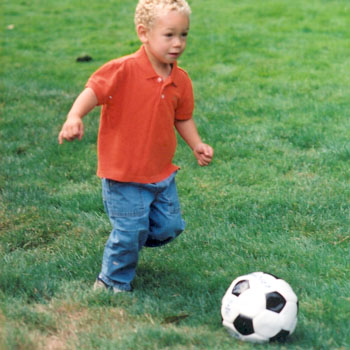
During their third year, children are in constant motion–running, kicking, climbing, and jumping. They accomplish several major motor milestones during this period, and as their coordination grows, they start running smoothly and easily. Although it isn’t necessary for parents and caregivers to suggest specific activities that promote the development of motor skills, giving preschoolers plenty of time […]
Capable of Pedaling a Tricycle (30-36 Months)
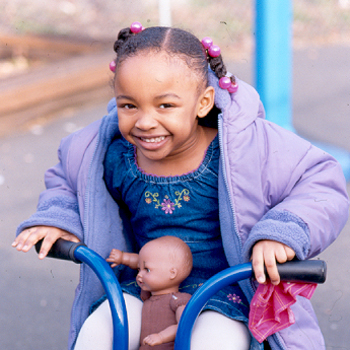
Children this age are generally very active, but this activity level will strengthen their body and help develop coordination. References Shelov, S. P. (Editor-in-Chief). (2004.) Caring for Your Baby and Young Child: Birth to Age 5. The American Association of Pediatrics. Revised edition. New York: Bantam Books.
Bends Over Easily without Falling (30-36 Months)
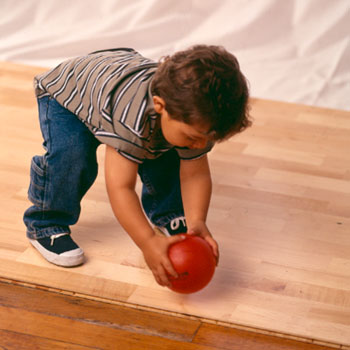
Two-year-olds have adopted the heel-to-toe adult walking style instead of the characteristically stiff, spread-legged gait of young toddlers. Their growing coordination allows them to maneuver their bodies more skillfully. They can bend over without falling, walk backward, and gradually turn corners. References Shelov, S. P. (Editor-in-Chief). (2004.) Caring for Your Baby and Young Child: Birth to Age […]
Capable of Turning Pages One at a Time (29-37 Months)
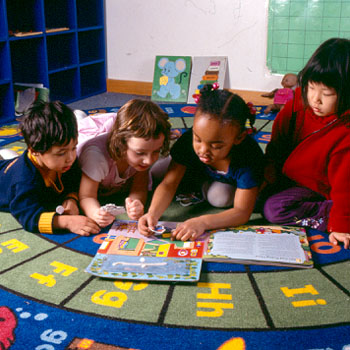
Toddlers rapidly develop hand and finger skills during their second year of life. They can now manipulate small objects with ease, turning the pages of books, building towers of blocks, and unzipping large zippers. References Shelov, S. P. (Editor-in-Chief). (2004.) Caring for Your Baby and Young Child: Birth to Age 5. The American Association of Pediatrics. […]
Can Screw and Unscrew Jars and Lids (29-36 Months)
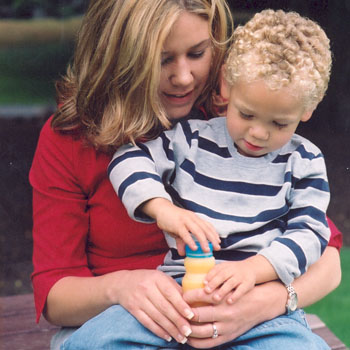
Toddlers rapidly develop hand and finger skills during their second year of life. They can now manipulate small objects with ease, turning the pages of books, building towers of blocks, and unzipping large zippers. Their newfound ability to coordinate their wrists, fingers, and palms allows them to screw and unscrew jars and lids, use a cup with […]
Capable of Holding a Pencil in Writing Position (28-38 Months)
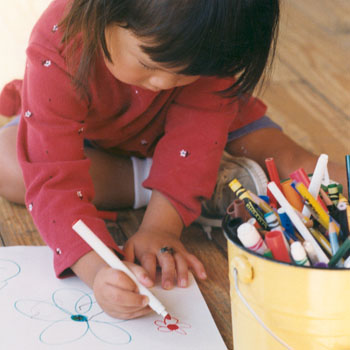
During the second year of life, toddlers rapidly develop hand and finger skills. Drawing is a major accomplishment during this period, and two-year-olds will grasp pencils in a slightly awkward writing position to create their first drawings. References Shelov, S. P. (Editor-in-Chief). (2004.) Caring for Your Baby and Young Child: Birth to Age 5. The […]
Capable of Walking Up and Down Stairs, Alternating Feet (27-36 Months)

During their third year, children are in constant motion–running, kicking, climbing, and jumping. They accomplish several major motor milestones during this time period, including alternating feet while walking up and down stairs, kicking and directing the motion of a ball, and standing on one leg (with support). At this age, their running also becomes smoother […]
Capable of Turning Rotating Handles, such as Doorknobs (26-37 Months)

Toddlers rapidly develop hand and finger skills during their second year of life. They can now manipulate small objects with ease, turning the pages of books, building towers of blocks, and unzipping large zippers. Their newfound ability to coordinate their wrists, fingers, and palms allows them to turn rotating handles, unscrew jars and lids, use a […]
Can Make Vertical, Horizontal, and Circular Strokes with Pen or Crayon (2-3 Years)
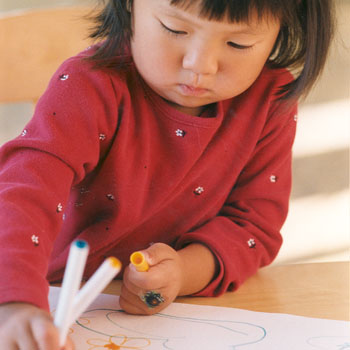
During the second year of life, toddlers rapidly develop hand and finger skills. Drawing is a major accomplishment during this period, and two-year-olds will clumsily grasp crayons or pens and draw pictures using sweeping vertical, horizontal, and circular strokes. References Shelov, S. P. (Editor-in-Chief). (2004.) Caring for Your Baby and Young Child: Birth to Age 5. […]
A Good Helper (2-3 Years)
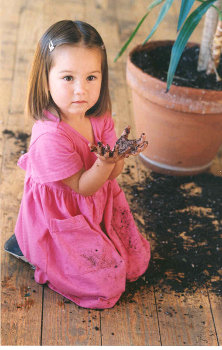
Will wonders never cease? There is no magic moment when children become more likely to follow directions. But at around 12 months, something very important happens. They begin to develop the ability to control their urges, change their behavior, and do what their mom or dad says. Not all of the time, of course—but as […]
